зБЂжЫЬжЧ•, 9жЬИ 27th, 2011...9:07 AM
Kyokushin Karate
Reading time: About 6 minutes
Kyokushin KarateBegin with Rei and end with Rei (Rei is the expression of gratitude).
вАЬBudouвАЭ is one of the things that expresses Japanese peopleвАЩs heart and mind.
It aims for not only the power and strength but the development of oneвАЩs self through the daily training.
Karate, which is one of Budou, is a martial art that uses bare hands and legs, and is said to be originated in Okinawa during the Ryukyu era. It has spread through Japan in the early 1900 and has spread across the world after the Second World War. Now it is known a worldwide martial art.
Karate can be roughly split into 2 types. No contact rule and the full contact rule.
Cultural Karate adopted the no contact rule but the founder of Kyokushin Karate, Mas Oyama , had the idea that вАЬThe heart of our karate is real fighting. There can be no proof without real fighting. Without proof there is no trust.
Without trust there is no respect. This is a definition in the world of Martial ArtsвАЭ and proposed the full contact Karate and established вАЬKyokushin KarateвАЭ. Has inaugurated the International Karate Organization Kyokushin Kaikan in 1963 and completed the Kyokushin Kaikan Headquarters Dojo in 1965. He was also keen to spread Kyokushin Karate to the world, and there are branches in 170 countries today.
The name Kyokushin originated from the saying вАЬThe Martial Way begins with one thousand days and is mastered after ten thousand days of trainingвАЭ. It means to master the essence of strict and difficult martial art which is said that there is no completion.
(The Dojo oath of Kyokushin Kaikan. Read it during the practice)
Today, I visited Jousai Setagaya Higashi Branch Sangenjaya Dojo in Tokyo and gathered information of the Karate lesson.
The Dojo is 6 minutesвАЩ walk away from Tokyu Dennentoshi line Sangenjaya station.
A large voice can be heard just as I enter. вАЬOsu!вАЭ
All greeting is вАЬOsuвАЭ. The greeting of Kyokushin Karate, вАЬOsuвАЭ, has the spirit of respect, appreciation and patience. Train oneвАЩs body and spirit through Karate and build up a heart respecting civility and capitalize it in real life.
I interviewed the regular class. A class for people above middle school and mainly working people. There about 10 people and 2/3 were women. (Usually there are more men)
First, they line up and started with meditation.
After a mental concentration, start to warm up.
The usual lesson content:
Basic Training (do hand techniques and foot techniques standing)
Moving Training (go through the techniques while moving)
Kata (Form) practice (repeat specific movements and techniques imagining opponents around you)
Kumite Training (interpersonal training where you freely fight with techniques)
A scene from Basic Training. Practice of Tsuki. Insert spirit with the impact. Concentrate on the abdomen.
A scene from Moving Training. Practice techniques along with the movement. Concentrate on the balance, breathing and the power.
Kumite Training (Sparring). Both people fight with the techniques they have learned.
Kata practice. Many techniques are included in Kata and lets the body memorize them by repeating. As you get more advanced, more types of style you know. The color of the belt changes as you become more advanced and the order is white (Beginner), orange, blue, yellow, green, brown, and black. Everyone aims for the black belt and starts their training.
After the training is mediation and reading the Dojo oath then cleaning up of the dojo to end the class.
A man in his 30вАЩs that came for 8 years started Karate wanting to be strong and now he has more room in his feeling within his daily life.
A lady in her 20вАЩs that came for 11 years chose Karate thinking she wanted to do some martial arts. She has become strong mentally and says that she can stay calm in situations with great pressure.
Of course you will get physically strong but you can rediscover that you can also train the mental side.
There are also classes for elementary students. It is a class that Sensei Taguchi, the branch chief, teaches and the words of the district leader to the children were impressive.
вАЬKyokushin is karate which is easy to understand. You really hit them. So you feel pain. Feeling pain means you know your weak points. If you know your weak points, you can train that place and get stronger. Then everyone gets stronger. Things you canвАЩt do, failed to do, and loosing can be fixed in the training. Get stronger with targets with deadlines.вАЭ
I thought it was a great word that fits in regular life.
The strength in the match is important but it also made me think that daily training for the match, mental training, and the civility gained through the training is also greatly important.
I am not trying do beautification but martial arts including Karate is the symbol of Japan and something that embodied the Japanese spirit.
Pose with everyone with the shout of вАЬOsu!вАЭ
вЦ†The 10th World Open KARATE Tournament
2011 is the year of World Open Karate Tounament, a top class full contact Karate tournament to choose the Karate champion of the world, held once in 4 years.
It will be held in Tokyo Metropolitan Gymnasium in Sendagaya from November 4 to 6, 2011.
192 fighters that one the preliminary contests of various parts of the world gather in Tokyo and fights for 3 days. It is a catch weight tournament and they must fight 7 to 8 times in 3 days to win.
Fighter from all around the world gather so you can understand that Karate is a worldwide sport. If you have any interests, I recommend you watching it.
Japanese: https://www.kyokushinkaikan.org/ja/news/2011/06/10th-world-information01.html
English: https://www.kyokushinkaikan.org/en/news/2011/09/the-10th-world-open-karate-tournament.html
вЦ†Kyokushin Kaikan Jousai Setagaya Higashi Branch Sangenjaya Dojo
There are child class (from 4years old), juvenile class, beginners class, regular class, ladyвАЩs class, and many other classes that specializes in matches and style so people can train according to their levels. There are many people that leave great results in the Japanese Tournament and you can get advice from the Japanese champion. There are trial lessons so try if you have any interest.
гАТ154-0011
Heights Sangenjaya 1F, 1-32-10 Kamiuma, Setagaya-ku, Tokyo
https://setahiga.com/
03-3422-6653
Dojo Open Hours: Weekdays 12:00 to 24:00, Weekends 10:30 to 22:00, National Holidays 14:00 to 22:00
6minute walk from Tokyu Dennentoshi line Sangenjaya station










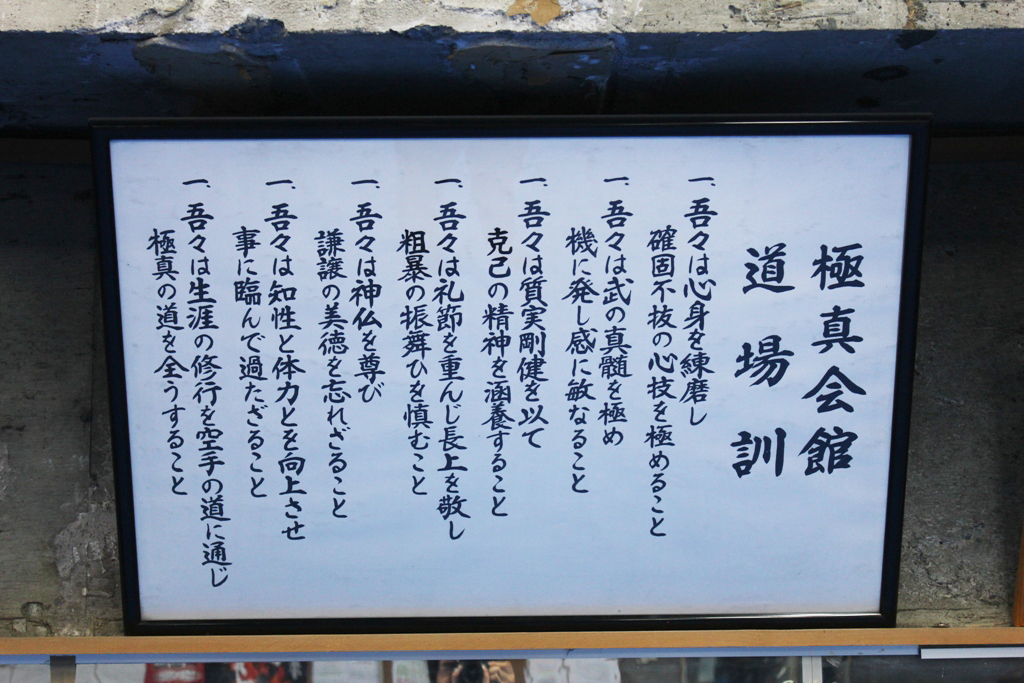

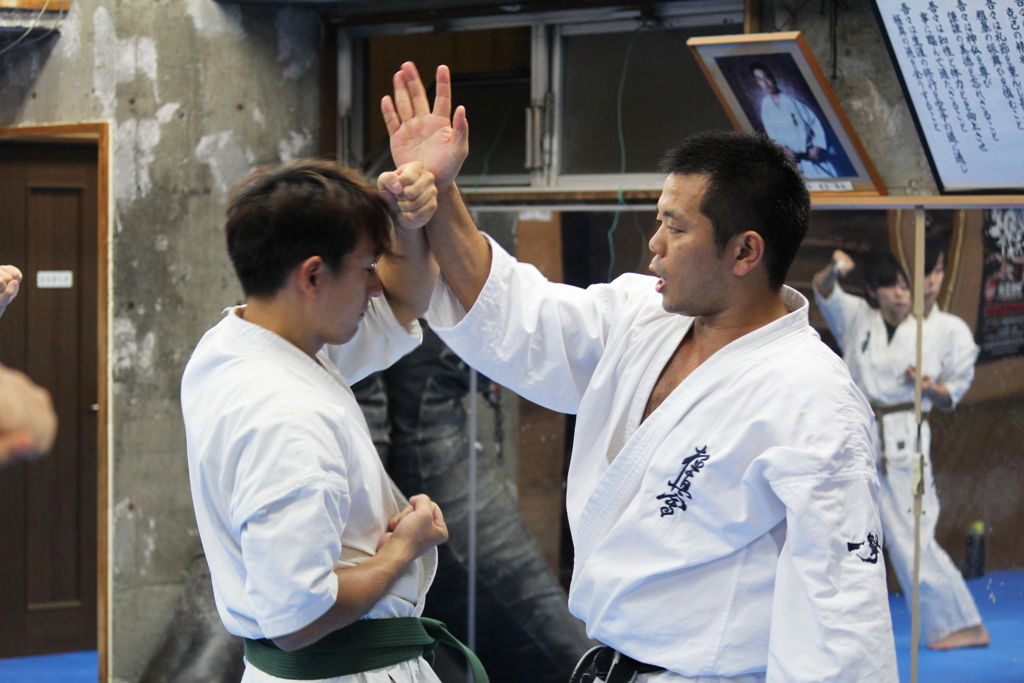
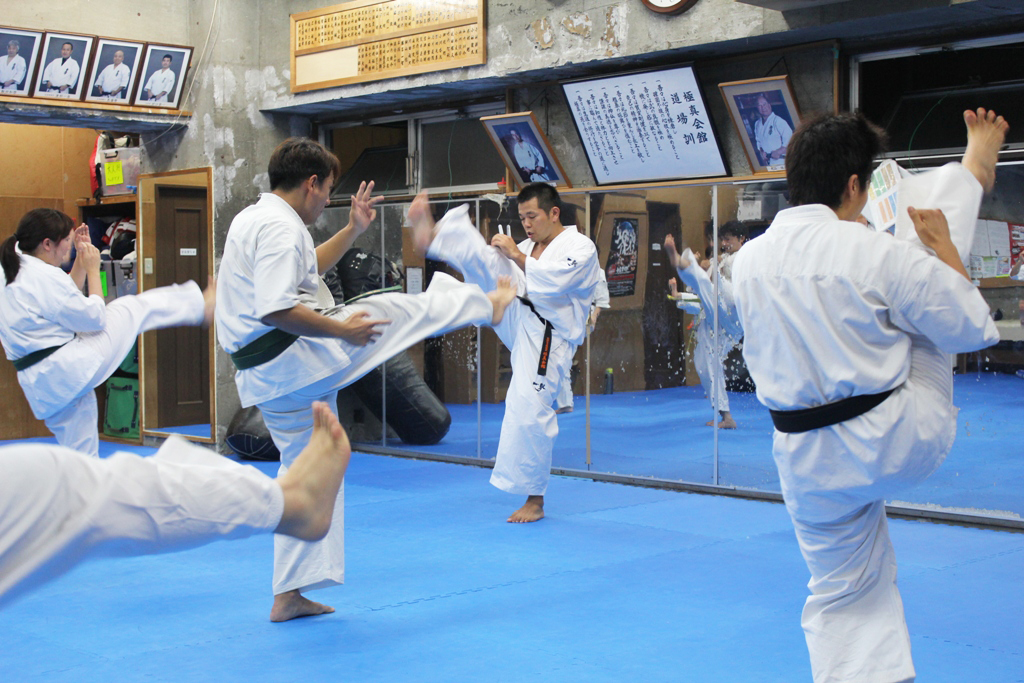
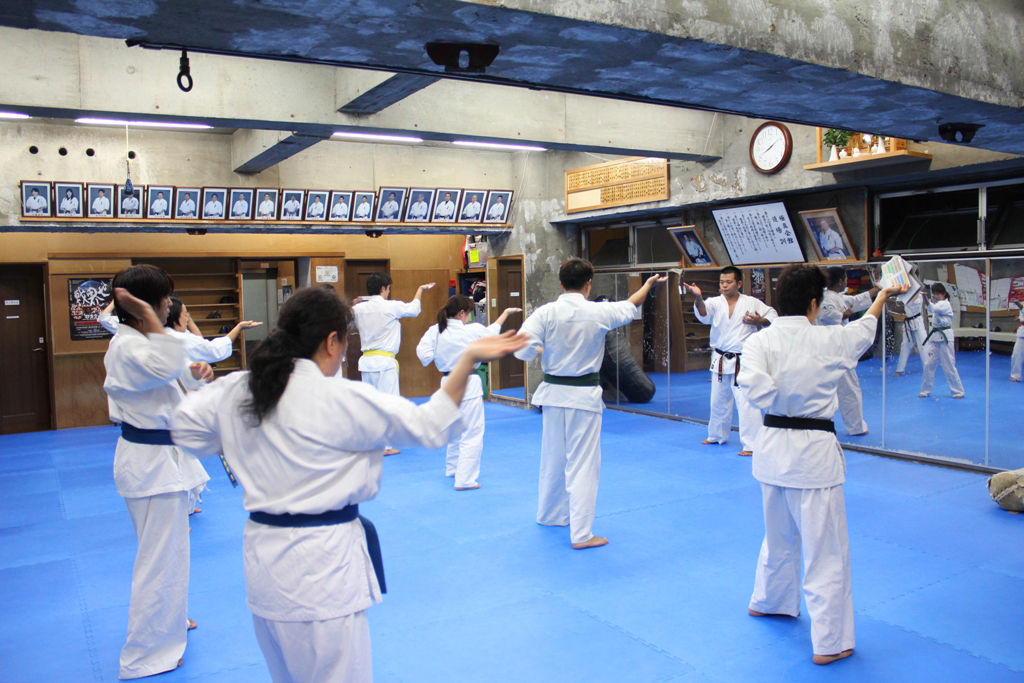
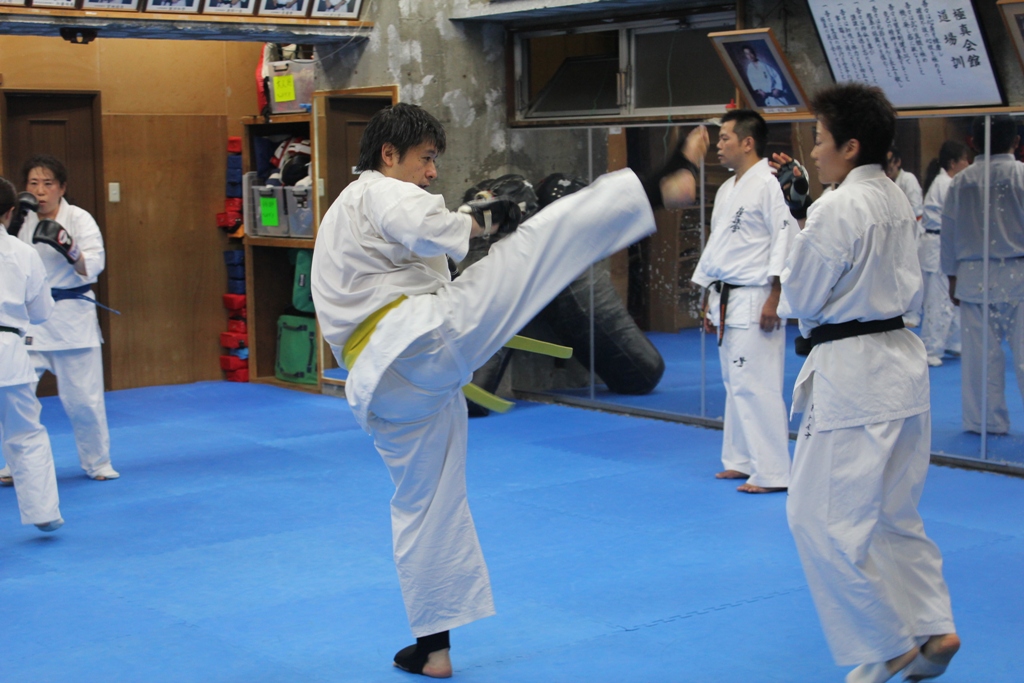
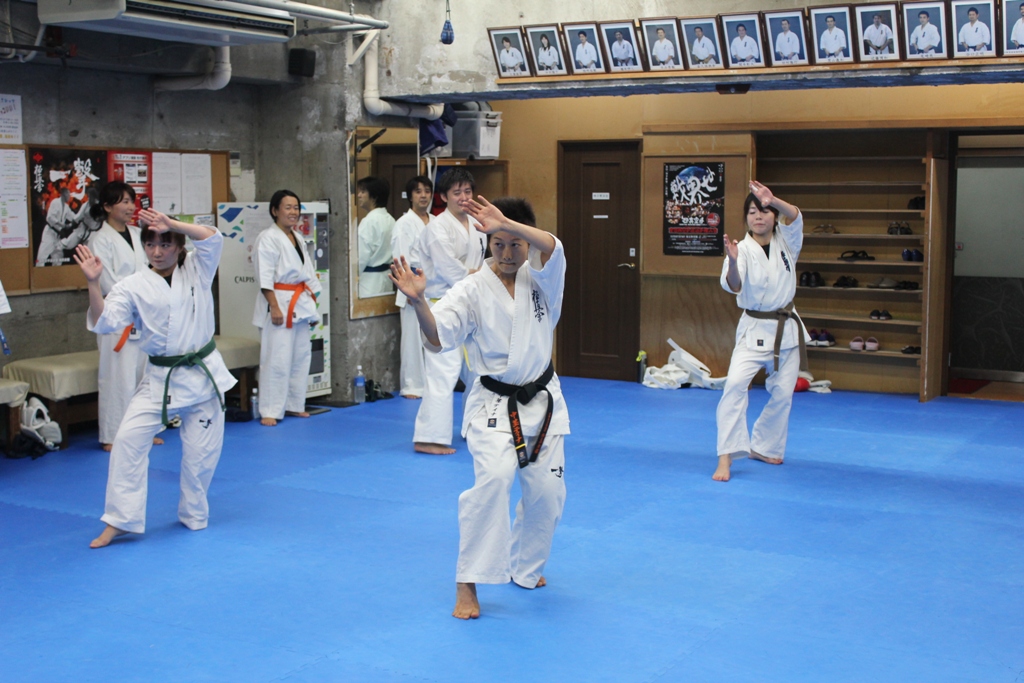


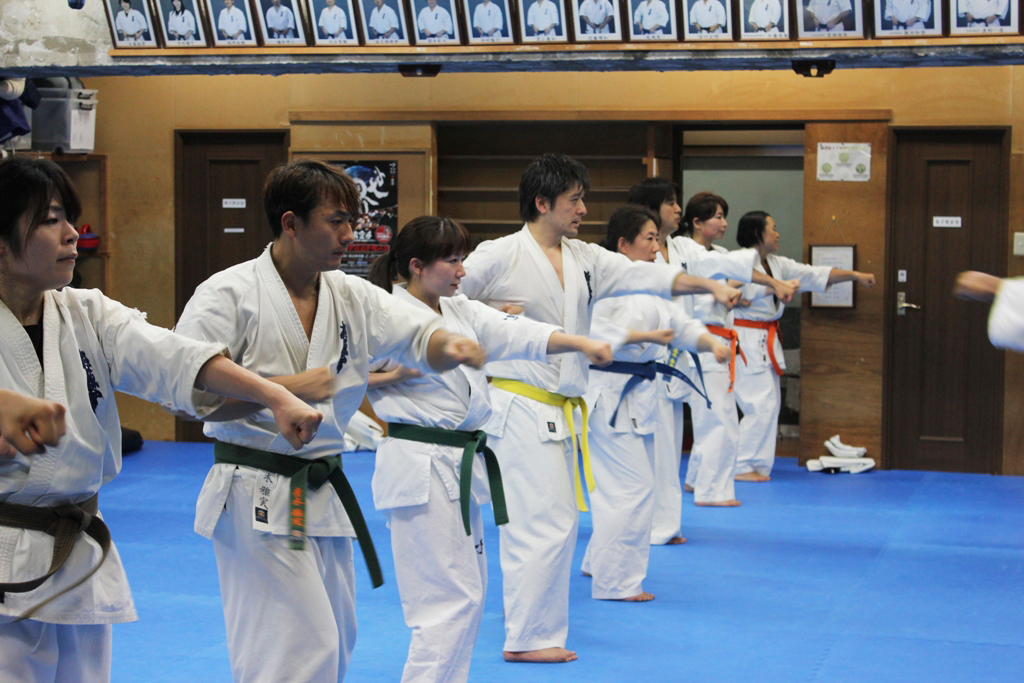
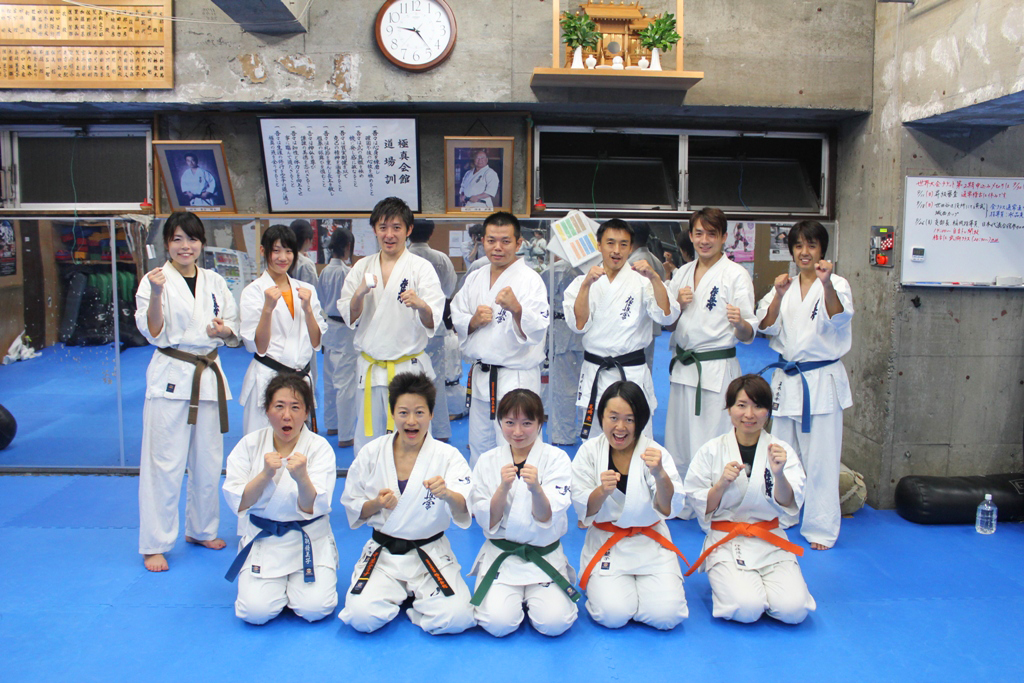












1 Comment
9жЬИ 8th, 2012 at 7:15 AM
More information about Karate and martial arts available at https://karate.zeitformat.de
Leave a Reply